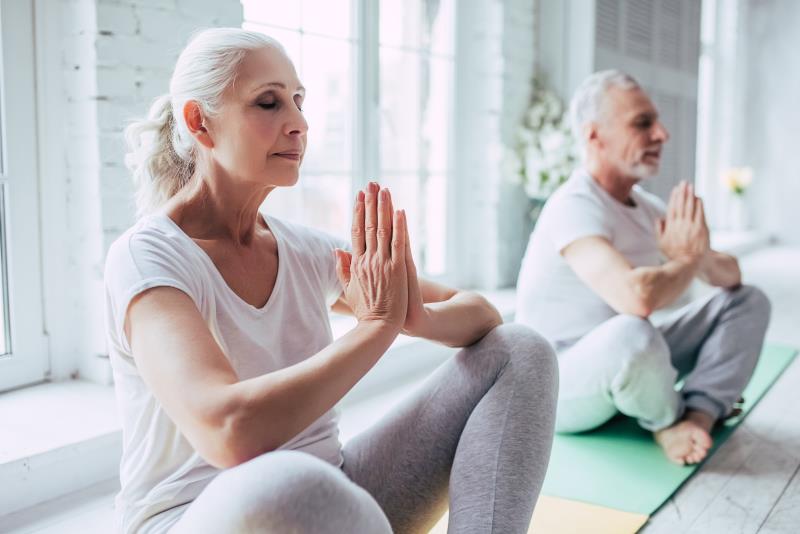
In the treatment of adults with chronic low back pain (LBP), virtual yoga classes are feasible, reducing pain intensity and improving sleep, according to a study.
A total of 140 adults with chronic LBP (mean age 47.8 years, 80.7 percent female, 73.5 percent college-educated) participated in the study. The mean LBP intensity score had to be at least 4 on an 11-point numerical rating scale, and daily back pain interference had to last for about half or more of the days.
The participants were randomly assigned to undergo intervention involving a 60-minute livestreamed hatha yoga class conducted weekly for 12 weeks (yoga now, n=71) or to a wait-list control wherein participants were offered the virtual intervention after the study but without assessments (yoga later, n=69).
The coprimary outcomes were mean pain intensity in the previous week (assessed using an 11-point numerical rating scale) and back-related function (evaluated using the 23-point modified Roland Morris Disability Questionnaire [RMDQ], with higher scores reflecting poorer function) at 12 weeks. Secondary and exploratory outcomes included the coprimary outcomes at 24 weeks, pain medication use, and Patient-Reported Outcomes Measurement Information System (PROMIS) sleep quality assessed using the Sleep Disturbance Short Form 8a, item 1.
Mean baseline pain intensity was 5.7, and mean baseline RMDQ score was 12.1, indicating moderate back pain and impairment. At week 12, the yoga now group vs the yoga later group had greater reductions in mean pain intensity (−1.5 points; p<0.001) and mean RMDQ scores (−2.8; p<0.001). The reductions in both outcomes remained greater in the yoga now group at 24 weeks (mean change in pain intensity score, −2.3 points; p<0.001; mean change in RMDQ score, −4.6 points; p<0.001).
At 12 weeks, use of any analgesic medication during the past week in the yoga now vs yoga later groups decreased by 21.4 absolute percentage points at week 12 and by 21.2 absolute percentage points at week 24. Furthermore, improvements in sleep quality were greater in the yoga now group than in the yoga later group at 12 weeks (mean change, 0.4 points; p=0.008) and 24 weeks (mean change, 0.4 points; p=0.005).